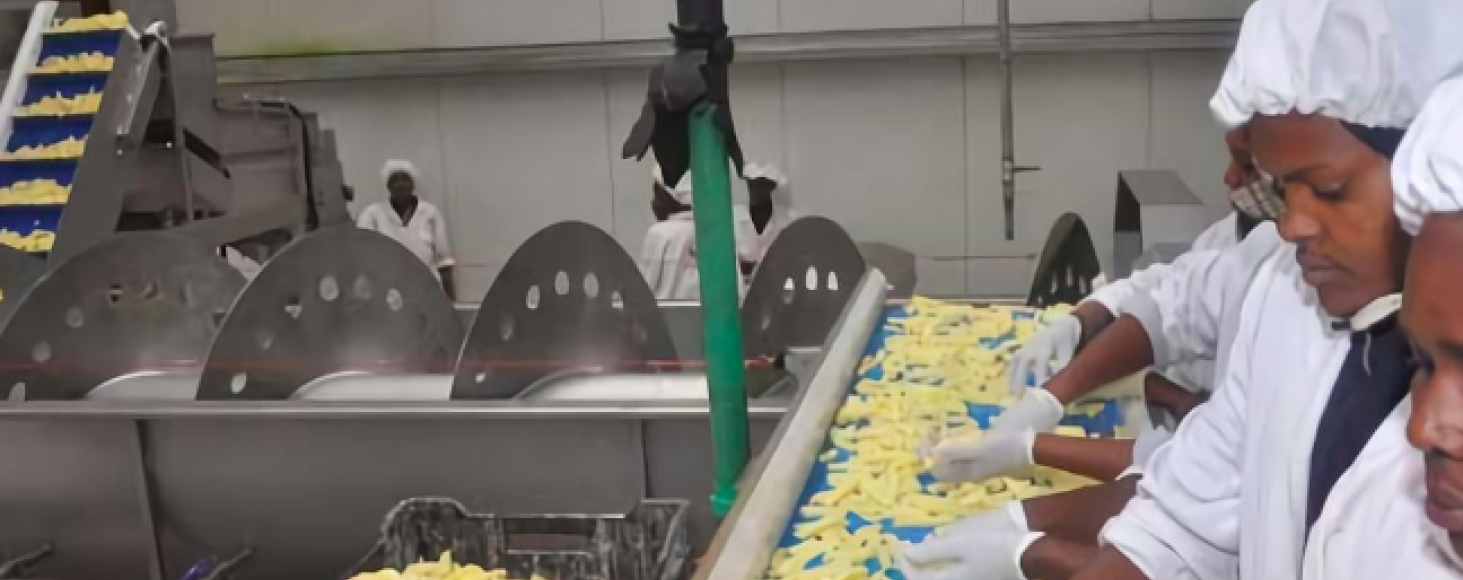
A recent investment in generating clean and renewable energy (co-generation) in a remote part of Kenya’s Rift Valley brought a potential new supply of food-grade steam and reliable green energy.
The client, a county government, required a detailed opportunity assessment to evaluate the commercial potential of a food processing cluster leveraging the region’s agro-climatic advantages in vegetable production and now the opportunity to commercially utilize clean, renewable energy.
